Anahtar Kelimeler:Meta, Tencent Hunyuan Görüntü 3.0, xAI Grok 4 Fast, OpenAI Sora 2, ByteDance Self-Forcing++, Alibaba Qwen, vLLM, GPT-5-Pro, Metabilişsel Yeniden Kullanım Mekanizması, Genelleştirilmiş Nedensel Dikkat Mekanizması, Çok Modlu Çıkarım Modeli, Dakikalar İçinde Video Üretimi, Poz Algılamalı Moda Üretimi
🔥 Focus
Meta’s New Method Shortens Chain of Thought, Eliminates Repetitive Derivations: Meta, Mila-Quebec AI Institute, and others have jointly proposed a “metacognitive reuse” mechanism, aiming to solve the problems of token inflation and increased latency caused by repetitive derivations in large model inference. This mechanism allows the model to review and summarize problem-solving approaches, distilling common reasoning patterns into “behaviors” stored in a “behavior manual,” which can be directly invoked when needed, without re-derivation. Experiments show that in mathematical benchmarks such as MATH and AIME, this mechanism can reduce inference token usage by up to 46% while maintaining accuracy, improving model efficiency and the ability to explore new paths. (Source: 量子位)
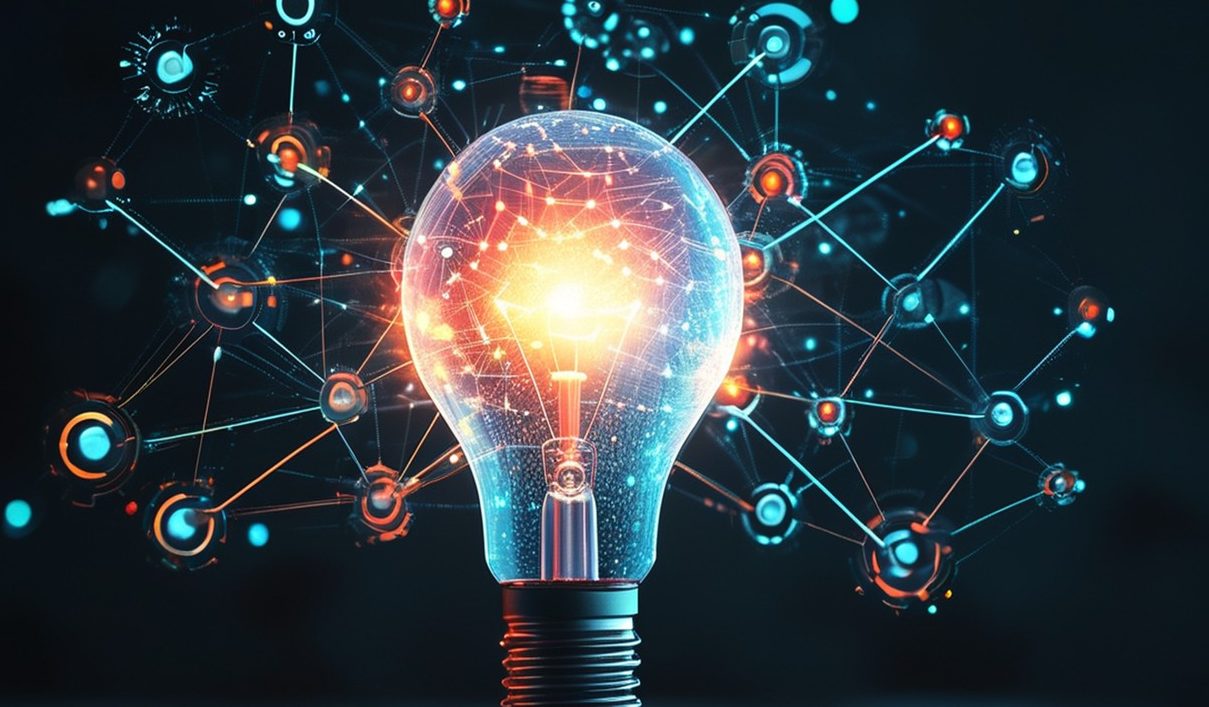
Tencent Hunyuan Image 3.0 Tops Global AI Image Generation Ranking: Tencent Hunyuan Image 3.0 has secured the first position in the LMArena text-to-image ranking, surpassing Google Nano Banana, ByteDance Seedream, and OpenAI gpt-Image. This model adopts a native multimodal architecture, based on Hunyuan-A13B, with over 80 billion parameters in total, capable of uniformly processing various modalities such as text, images, video, and audio. It possesses strong semantic understanding, language model reasoning, and world knowledge inference capabilities. Its core technologies include a generalized causal attention mechanism and 2D positional encoding, and it introduces automatic resolution prediction. The model constructs data through a three-stage filtering and hierarchical description system and employs a four-stage progressive training strategy, effectively enhancing the realism and clarity of generated images. (Source: 量子位)

xAI Releases Grok 4 Fast Model and Partners with US Government: xAI has launched Grok 4 Fast, a multimodal inference model with a 2M context window, designed to provide cost-effective intelligent services. The model is now freely available to all users. Through a partnership with the US federal government, xAI is offering all federal agencies free access to its cutting-edge AI models (Grok 4, Grok 4 Fast) for 18 months and is deploying an engineering team to assist the government in leveraging AI. Additionally, xAI has released OpenBench for evaluating LLM performance and safety, and introduced Grok Code Fast 1, which performs exceptionally well in coding tasks. (Source: xai, xai, xai, JonathanRoss321)
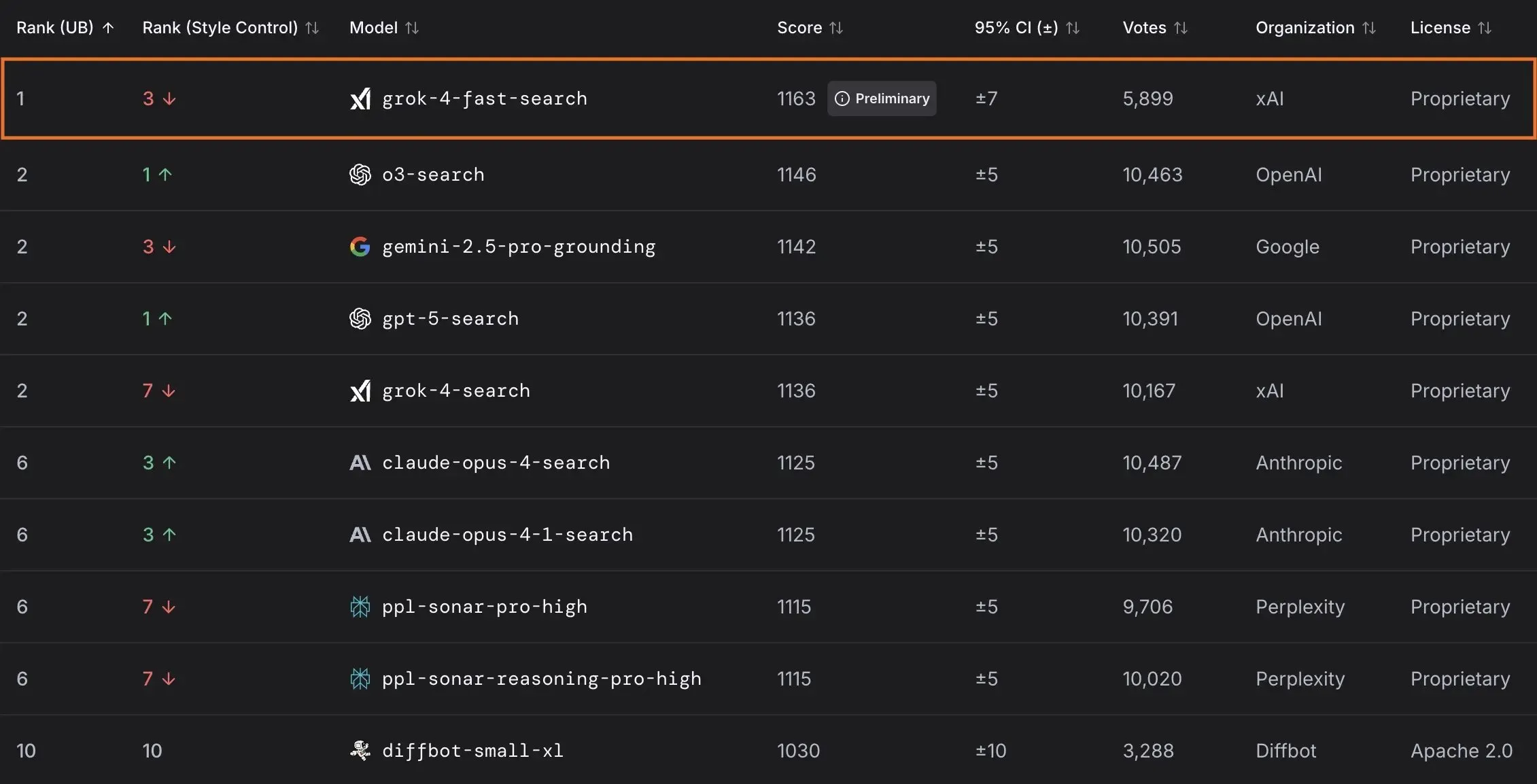
🎯 Trends
OpenAI Teases Consumer AI Products and Sora 2 Updates: UBS predicts that OpenAI’s developer conference will focus on releasing consumer-oriented AI products, possibly including a travel booking AI agent. Concurrently, the Sora 2 video generation model is undergoing testing, with users noting its generated content often has a humorous touch. OpenAI has also fixed the resolution issue in Sora 2 Pro model’s HD mode, now supporting 17921024 or 10241792 resolution, and enabling video generation up to 15 seconds, though the daily generation quota has been reduced to 30 times. (Source: teortaxesTex, francoisfleuret, fabianstelzer, TomLikesRobots, op7418, Reddit r/ChatGPT)

ByteDance Unveils Minute-Level Video Generation Model: ByteDance has introduced a new method called Self-Forcing++, capable of generating high-quality videos up to 4 minutes and 15 seconds long. This method extends diffusion models without requiring a long video teacher model or retraining, while maintaining the fidelity and consistency of the generated videos. (Source: _akhaliq)
Qwen Model Introduces New Features and Applications: Alibaba’s Qwen team is gradually rolling out personalized features, such as memory and custom system instructions, currently in limited testing. Concurrently, the Qwen-Image-Edit-2509 model demonstrates advanced capabilities in pose-aware fashion generation, enabling multi-angle, high-quality fashion model generation through fine-tuning. (Source: Alibaba_Qwen, Alibaba_Qwen)
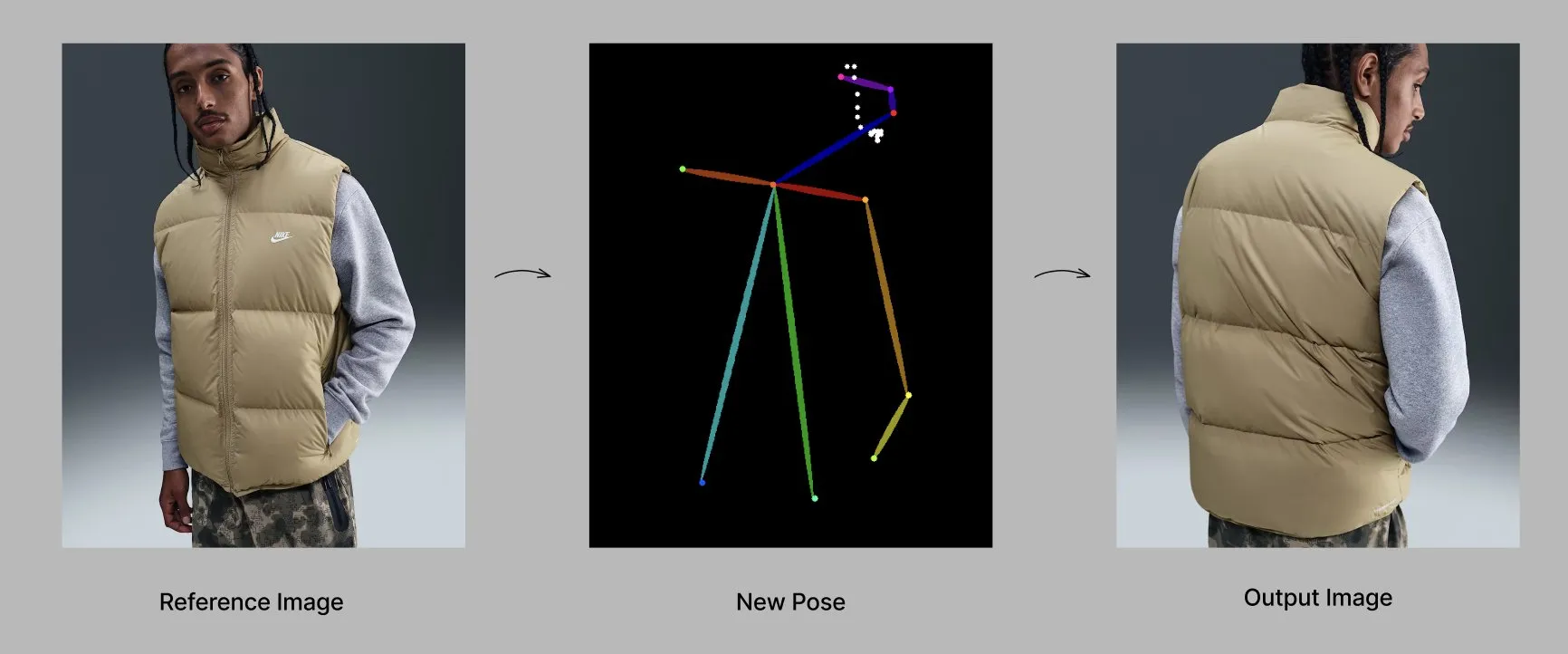
vLLM and PipelineRL Push Boundaries of RL Community: The vLLM project supports new breakthroughs in the Reinforcement Learning (RL) domain, including better on-policy data, partial rollouts, and in-flight weight updates that mix KV caches during inference. PipelineRL achieves scalable asynchronous RL by continuing inference while weights change and KV states remain constant, also supporting in-flight weight updates. (Source: vllm_project, Reddit r/LocalLLaMA)
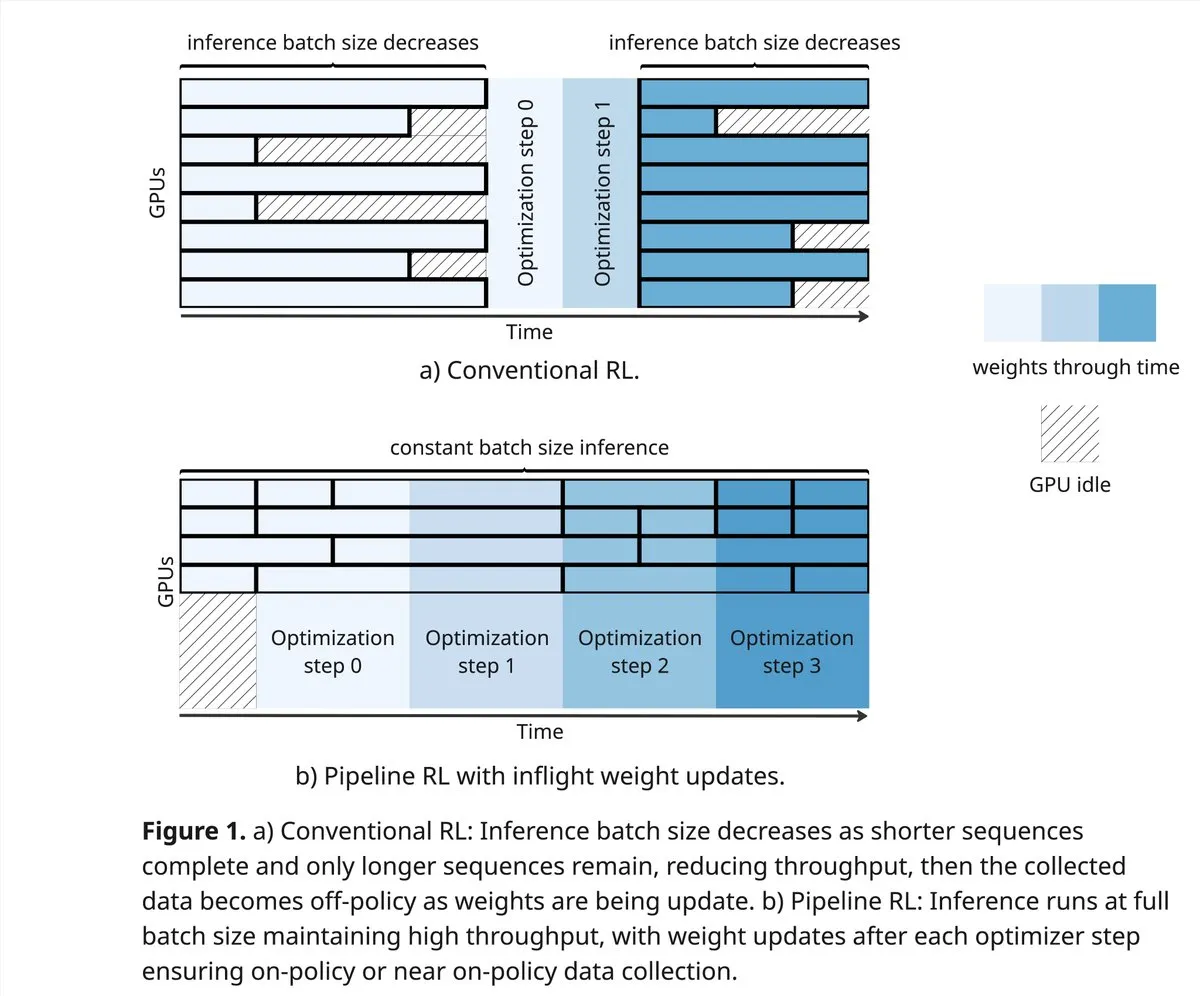
GPT-5-Pro Solves Complex Math Problem: GPT-5-Pro independently solved “Yu Tsumura’s 554th Problem” in 15 minutes, becoming the first model to fully complete this task, demonstrating its powerful mathematical problem-solving capabilities. (Source: Teknium1)
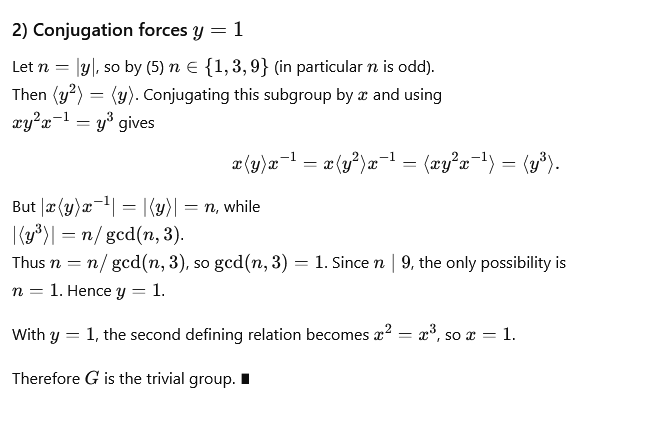
SAP Positions AI as Core of Enterprise Workflows: SAP plans to showcase its vision of integrating AI as the core of enterprise workflows at the Connect 2025 conference. By embedding AI, it aims to transform real-time data into decisions and leverage AI agents for proactive operations. SAP emphasizes building trust and providing active support from the outset, ensuring localized flexibility and compliance. (Source: TheRundownAI)
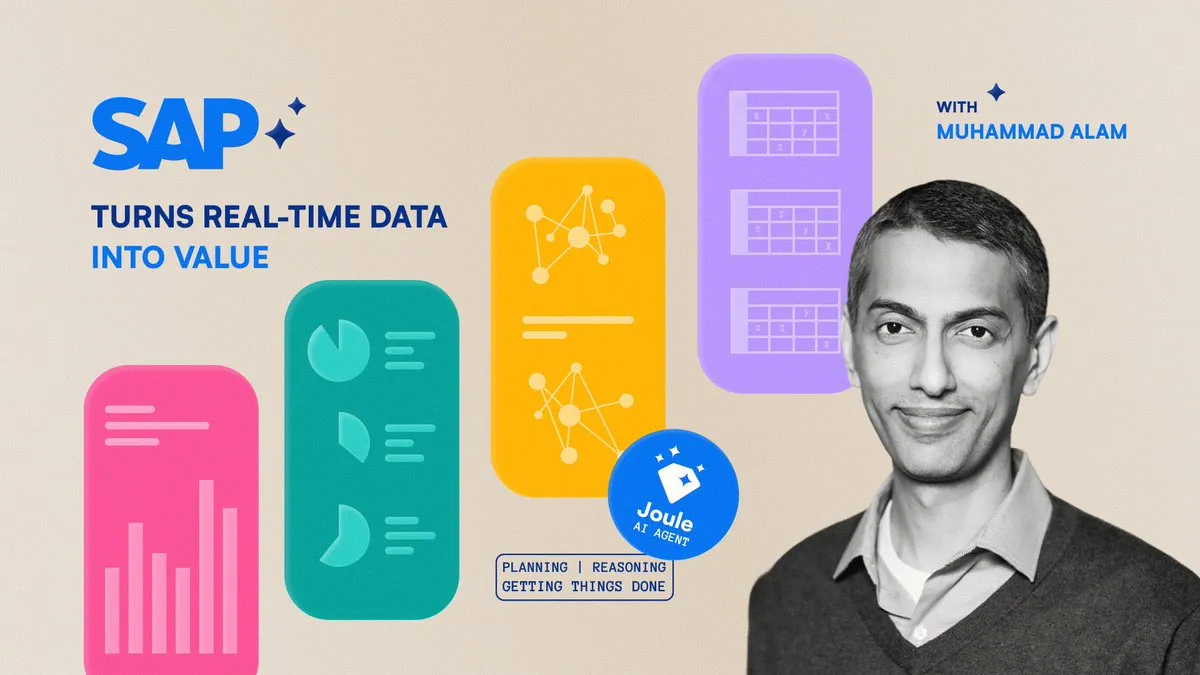
Salesforce Releases CoDA-1.7B Text Diffusion Encoder Model: Salesforce Research has released CoDA-1.7B, a text diffusion encoder model capable of bidirectional parallel token output. This model offers faster inference speed, with 1.7B parameters performing comparably to 7B models, and achieves excellent results in benchmarks such as HumanEval, HumanEval+, and EvalPlus. (Source: ClementDelangue)
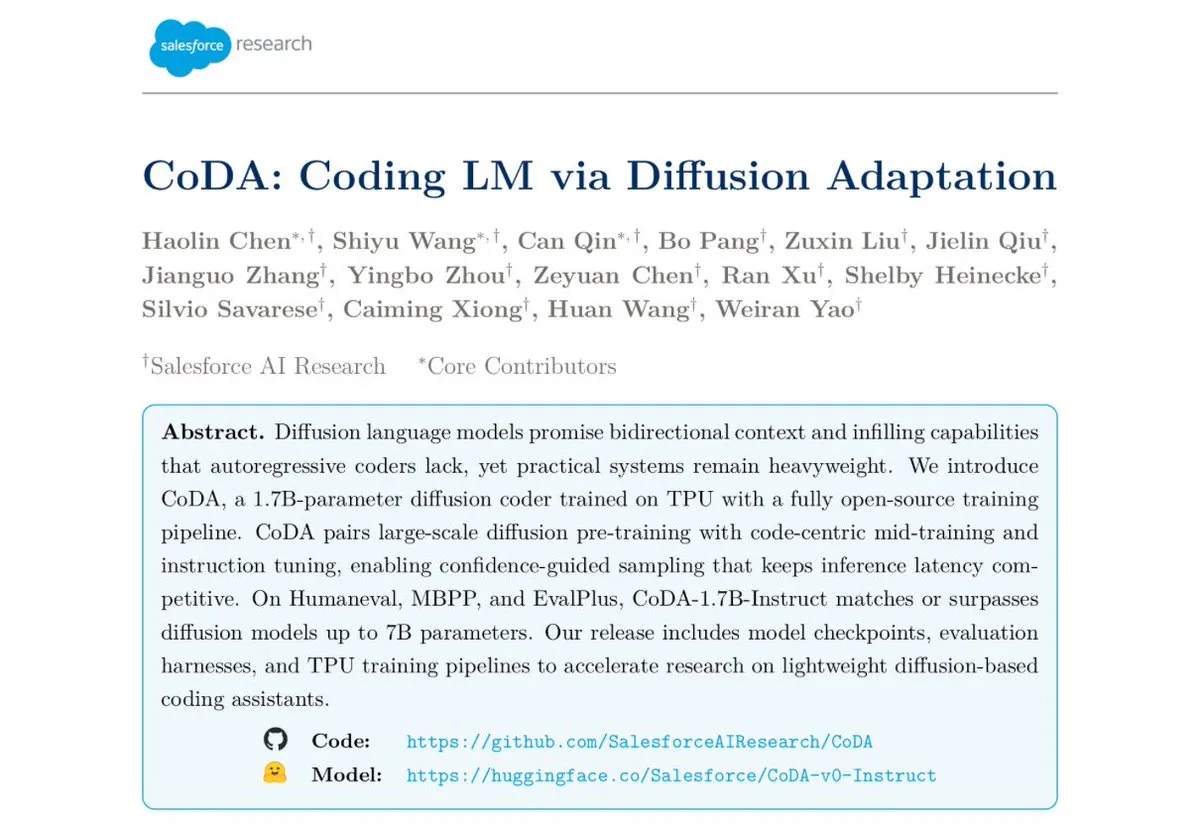
Google Gemini 3.0 Focuses on EQ, Intensifying Competition with OpenAI: Google is reportedly set to release Gemini 3.0, which is said to focus on “Emotional Intelligence” (EQ), posing a strong challenge to OpenAI. This move indicates the development of AI models in emotional understanding and interaction, signaling an escalation in competition among AI giants. (Source: Reddit r/ChatGPT)

Advancements in Robotics and Automation Technology: The robotics field continues to innovate, including omnidirectional mobile humanoid robots for logistics operations, autonomous mobile robot delivery services combining robotic arms and lockers, and “Cara,” a 12-motor robot dog designed by US students using rope drives and clever mathematics. Additionally, the first “Wuji Hand” robot has been officially released. (Source: Ronald_vanLoon, Ronald_vanLoon, Ronald_vanLoon, Ronald_vanLoon)
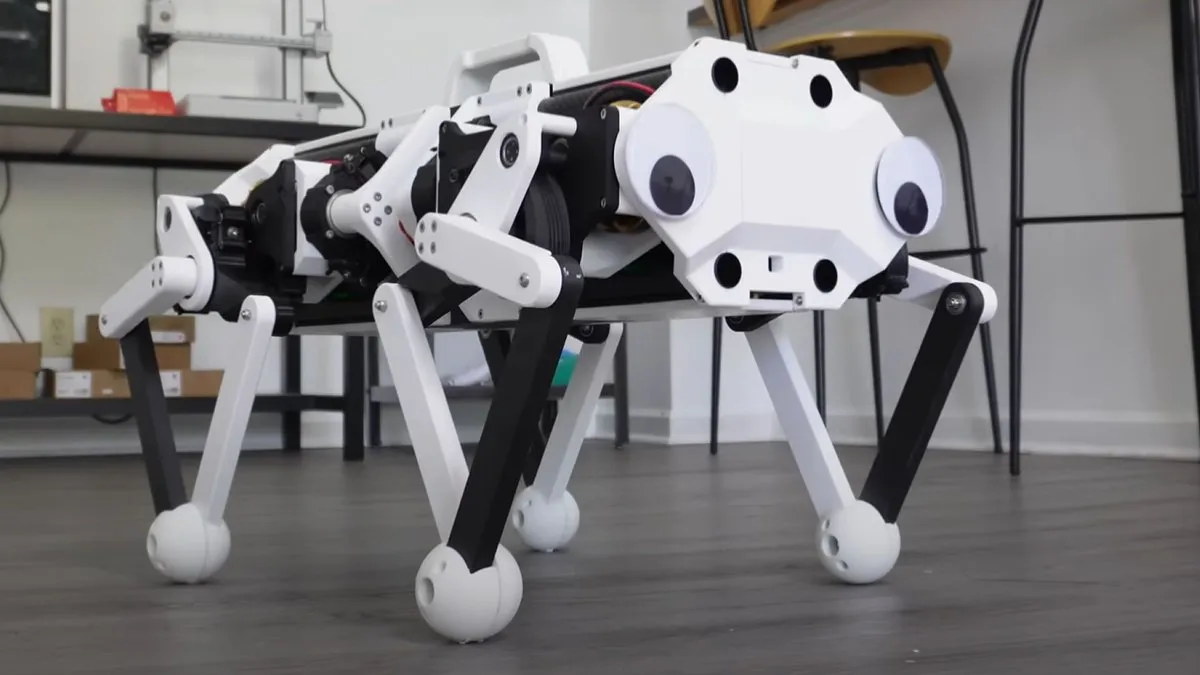
🧰 Tools
GPT4Free (g4f) Project Offers Free LLM and Media Generation Tools: GPT4Free (g4f) is a community-driven project that integrates various accessible LLM and media generation models, providing a Python client, a local Web GUI, an OpenAI-compatible REST API, and a JavaScript client. It supports multi-provider adapters, including OpenAI, PerplexityLabs, Gemini, MetaAI, and others, and enables image/audio/video generation and media persistence, aiming to popularize open access to AI tools. (Source: GitHub Trending)
LLM Tool Design and Prompt Engineering Best Practices: When writing tools that are easier for AI to understand, the priorities are tool definition, system instructions, and user prompts, in that order. Tool names and descriptions are crucial; they should be intuitive and clear, avoiding ambiguity. Parameters should be as few as possible, with enumerations or upper/lower bounds provided. Avoid overly nested structured parameters to improve response speed. By having the model write prompts and provide feedback, the large model’s understanding of tools can be effectively enhanced. (Source: dotey)
Zen MCP Uses Gemini CLI to Save Claude Code Credits: The Zen MCP project allows users to directly use Gemini CLI within tools like Claude Code, significantly reducing Claude Code’s token usage and leveraging Gemini’s free credits. This tool supports delegating tasks between different AI models while maintaining shared context, for example, using GPT-5 for planning, Gemini 2.5 Pro for review, Sonnet 4.5 for implementation, and then Gemini CLI for code review and unit testing, achieving efficient and economical AI-assisted development. (Source: Reddit r/ClaudeAI)
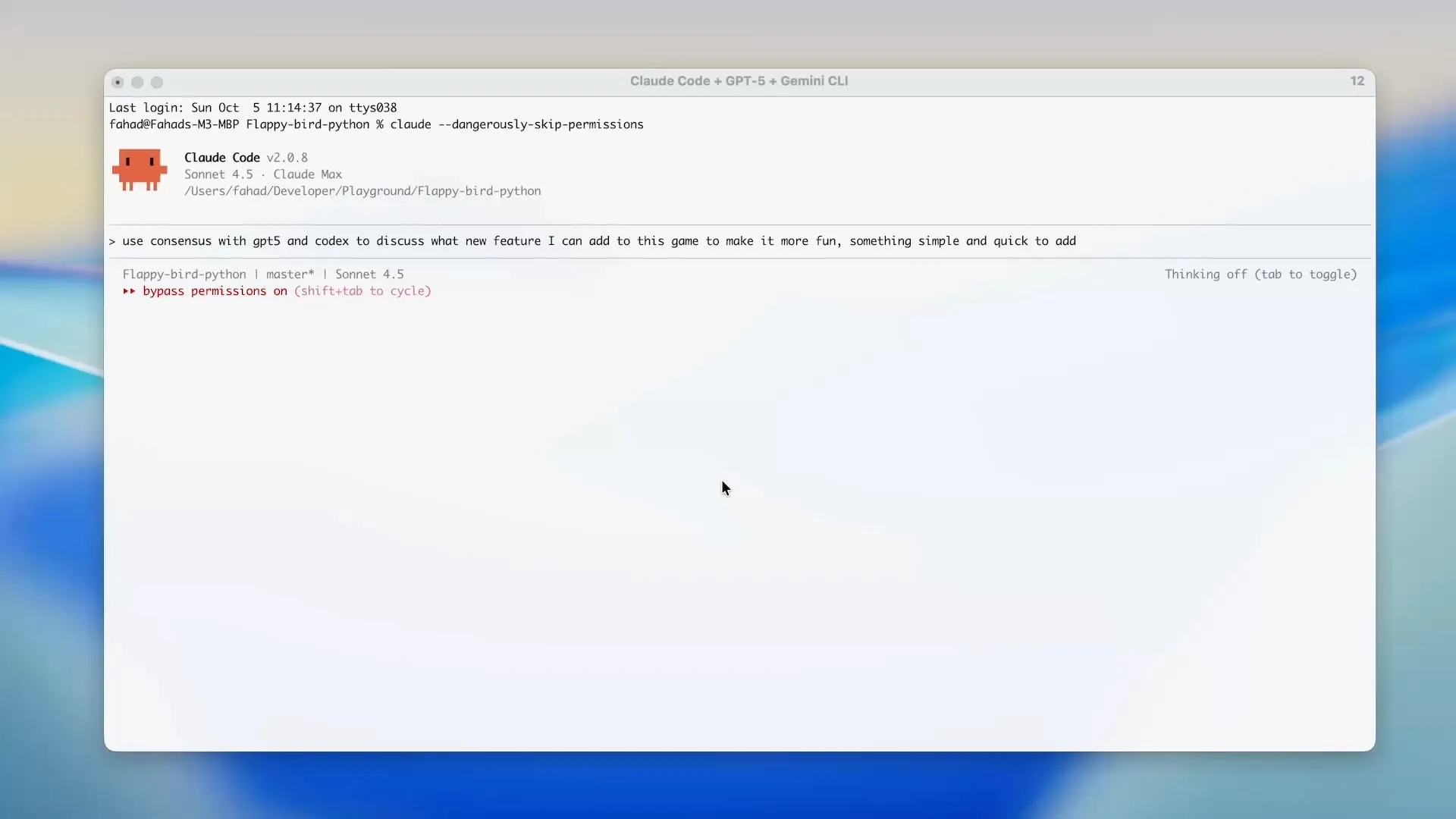
Open-source LLM Evaluation Tool Opik: Opik is an open-source LLM evaluation tool used for debugging, evaluating, and monitoring LLM applications, RAG systems, and Agentic workflows. It provides comprehensive tracing, automated evaluation, and production-ready dashboards, helping developers better understand and optimize their AI models. (Source: dl_weekly)
Claude Sonnet 4.5 Excels at Writing Tampermonkey Scripts: Claude Sonnet 4.5 demonstrates excellent performance in writing Tampermonkey scripts. Users can change the theme of Google AI Studio with just one prompt, showcasing its powerful capabilities in automating browser operations and customizing user interfaces. (Source: Reddit r/ClaudeAI)

Local Deployment of Phi-3-mini Model: Users are seeking to deploy a Phi-3-mini-4k-instruct-bnb-4bit model, fine-tuned using Unsloth on Google Colab, to a local machine. The model can extract summaries and parse fields from text. The deployment goal is to read text from a DataFrame locally, process it with the model, and save the output to a new DataFrame, even in low-configuration environments with integrated graphics and 8GB RAM. (Source: Reddit r/MachineLearning)
LLM Backend Performance Comparison: The community is discussing the performance of current LLM backend frameworks. vLLM, llama.cpp, and ExLlama3 are considered the fastest options, while Ollama is deemed the slowest. vLLM excels at handling multiple concurrent chats, llama.cpp is favored for its flexibility and broad hardware support, and ExLlama3 offers extreme performance specifically for NVIDIA GPUs, though with limited model support. (Source: Reddit r/LocalLLaMA)
‘solveit’ Tool Helps Programmers Tackle AI Challenges: Addressing the frustration programmers might experience when using AI, Jeremy Howard has launched the “solveit” tool. This tool aims to help programmers utilize AI more effectively, avoid being led astray by AI, and enhance their programming experience and efficiency. (Source: jeremyphoward)
📚 Learning
Stanford and NVIDIA Collaborate to Advance Embodied AI Benchmarking: Stanford University and NVIDIA will host a joint livestream to delve into BEHAVIOR, a large-scale benchmark and challenge designed to advance Embodied AI. Discussions will cover BEHAVIOR’s motivation, the design of upcoming challenges, and the role of simulation in driving robotics research. (Source: drfeifei)

Agent-as-a-Judge Paper on AI Agent Evaluation Published: A new paper titled “Agent-as-a-Judge” proposes a proof-of-concept method for evaluating AI agents using other AI agents, which can reduce costs and time by 97% and provide rich intermediate feedback. The study also developed the DevAI benchmark, comprising 55 automated AI development tasks, demonstrating that Agent-as-a-Judge not only outperforms LLM-as-a-Judge but also approaches human evaluation in efficiency and accuracy. (Source: SchmidhuberAI, SchmidhuberAI)
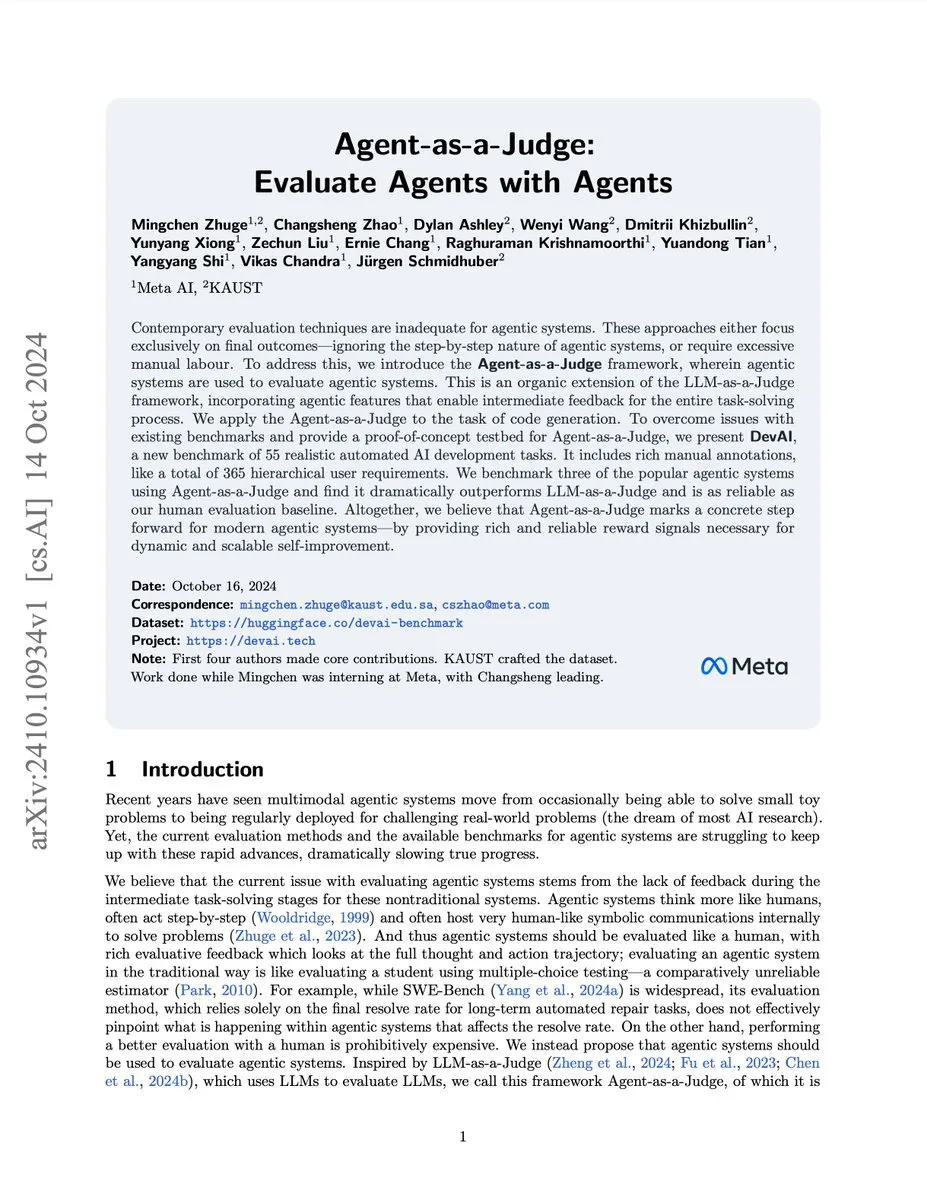
History of Reinforcement Learning (RL) and Temporal Difference (TD) Learning: A historical review of Reinforcement Learning highlights that Temporal Difference (TD) learning is the foundation of modern RL algorithms (such as deep Actor-Critic). TD learning allows agents to learn in uncertain environments by comparing successive predictions and incrementally updating to minimize prediction errors, leading to faster and more accurate predictions. Its advantages include avoiding being misled by rare outcomes, saving memory and computation, and applicability to real-time scenarios. (Source: TheTuringPost, TheTuringPost, gabriberton)
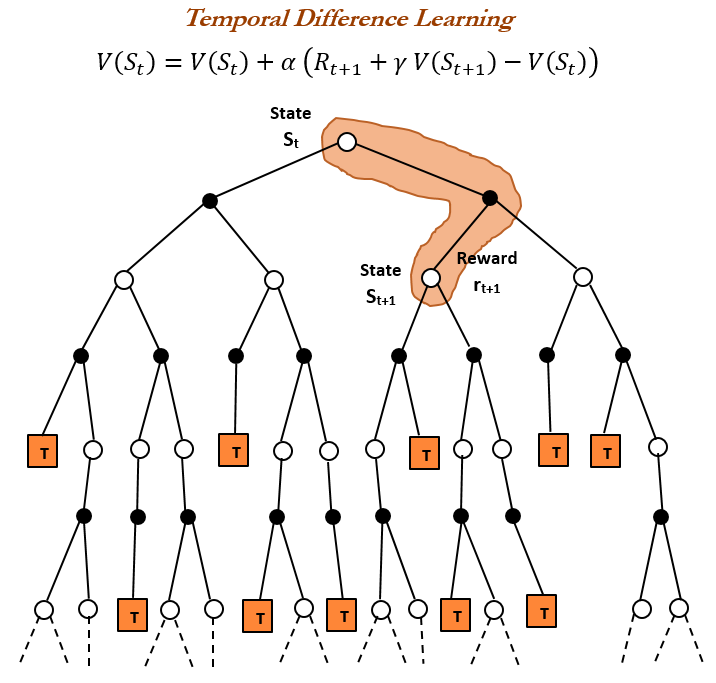
Prompt Optimization Empowers AI Control Research: A new article explores how Prompt optimization can aid AI control research, particularly through DSPy’s GEPA (Generative-Enhanced Prompting for Agents) method, achieving an AI safety rate of up to 90%, compared to a baseline of only 70%. This indicates the immense potential of carefully designed Prompts in enhancing AI safety and controllability. (Source: lateinteraction, lateinteraction)
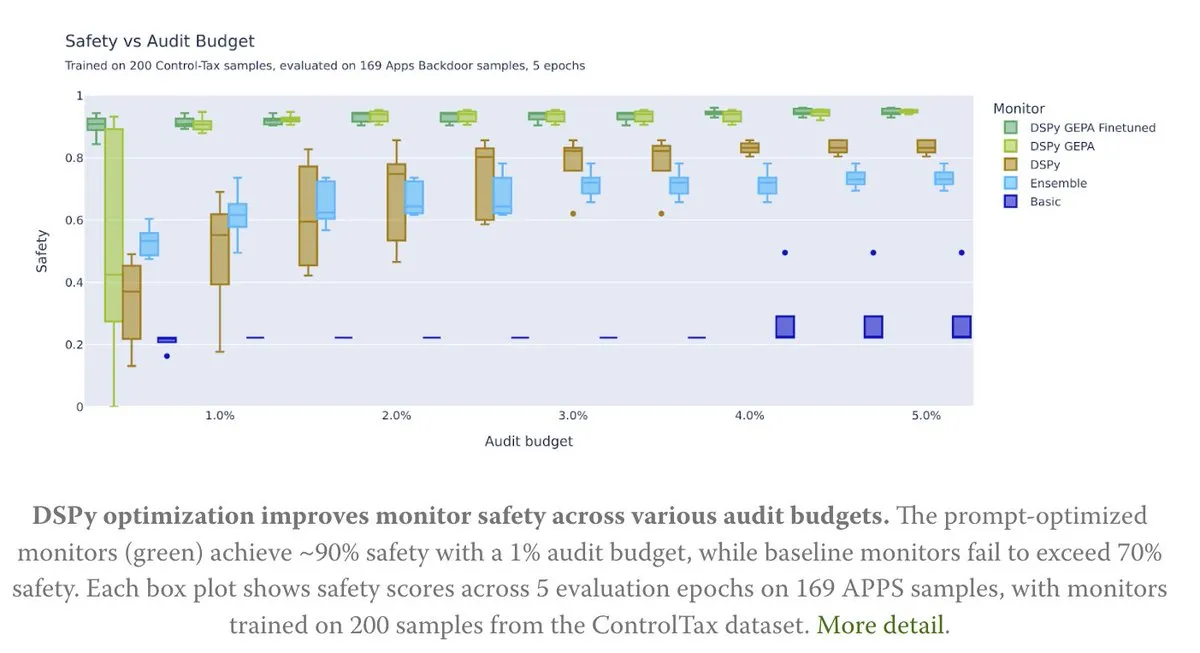
Transformer Learning Algorithms and CoT: Francois Chollet points out that while Transformers can be taught to perform simple algorithms by providing precise step-by-step algorithms via CoT (Chain of Thought) tokens during training, the true goal of machine learning should be to “discover” algorithms from input/output pairs, rather than merely memorizing externally provided algorithms. He argues that if an algorithm already exists, executing it directly is superior to inefficiently encoding it by training a Transformer. (Source: fchollet)
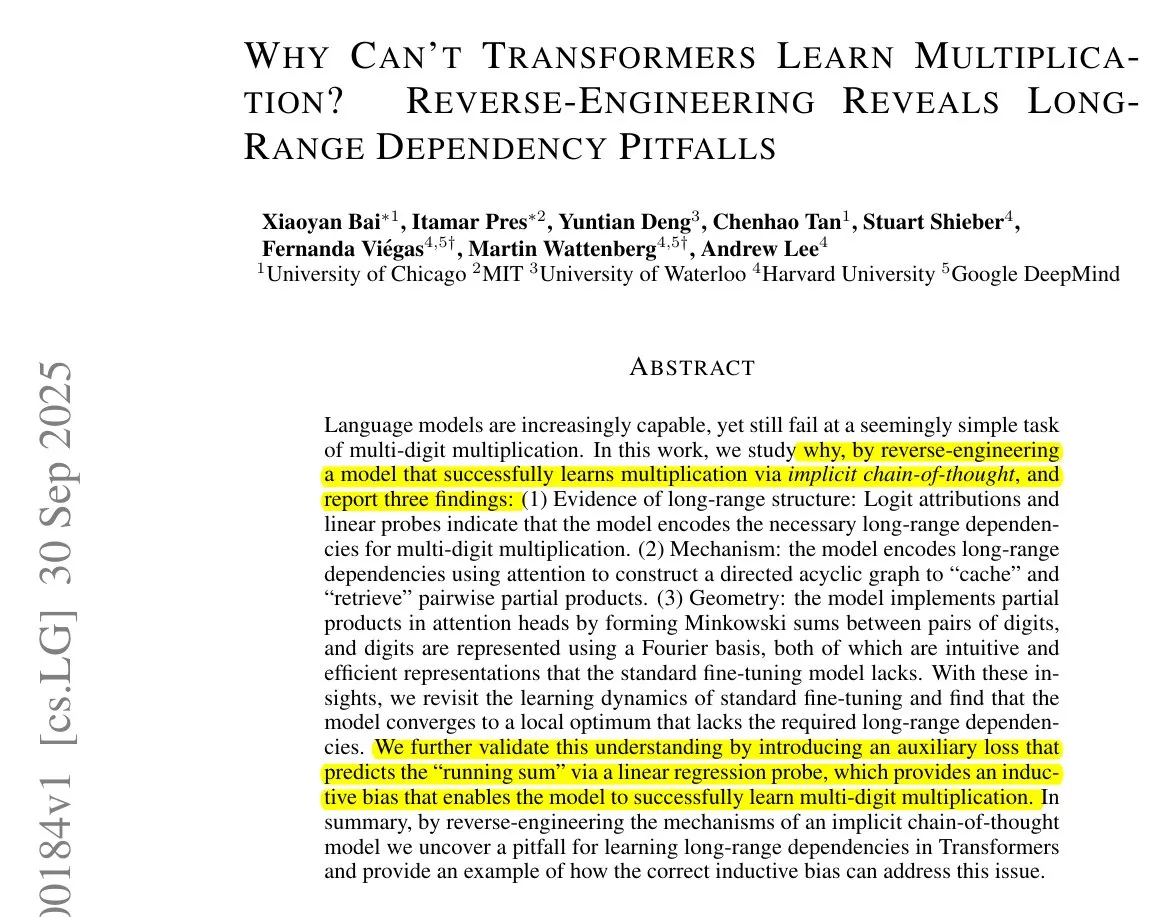
Overview of Machine Learning Lifecycle: The machine learning lifecycle encompasses various stages from data collection, preprocessing, model training, and evaluation to deployment and monitoring, serving as a critical framework for building and maintaining ML systems. (Source: Ronald_vanLoon)
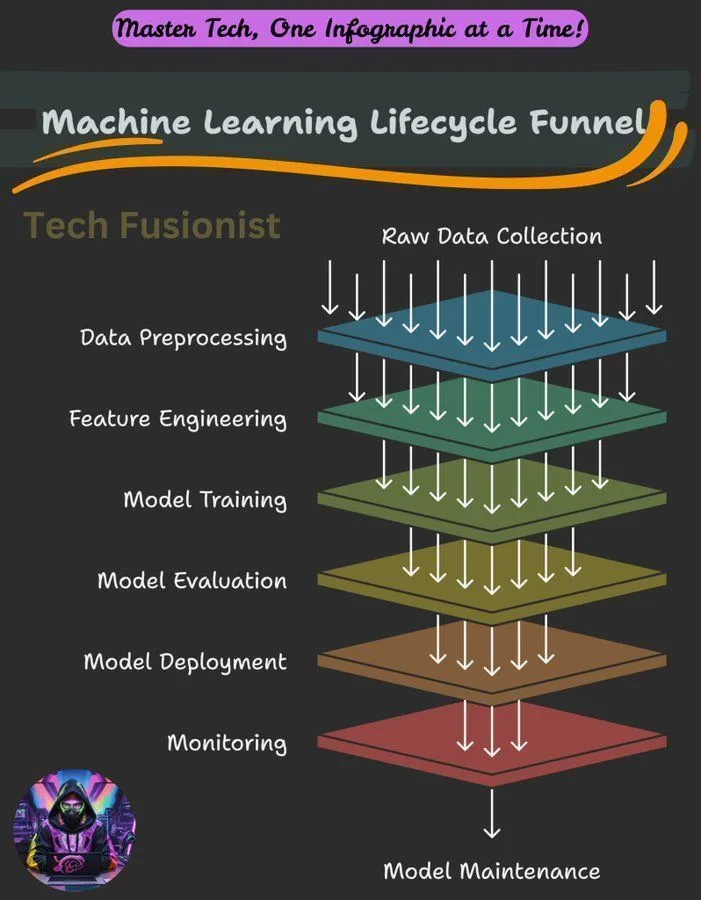
Negative Log-Likelihood (NLL) Optimization Objective in LLM Inference: A study investigates whether Negative Log-Likelihood (NLL) as an optimization objective for classification and SFT (Supervised Fine-Tuning) is universally optimal. The research analyzes under what conditions alternative objectives might outperform NLL, suggesting that this depends on the prior tendencies of the objective and the model’s capabilities, offering new perspectives for LLM training optimization. (Source: arankomatsuzaki)
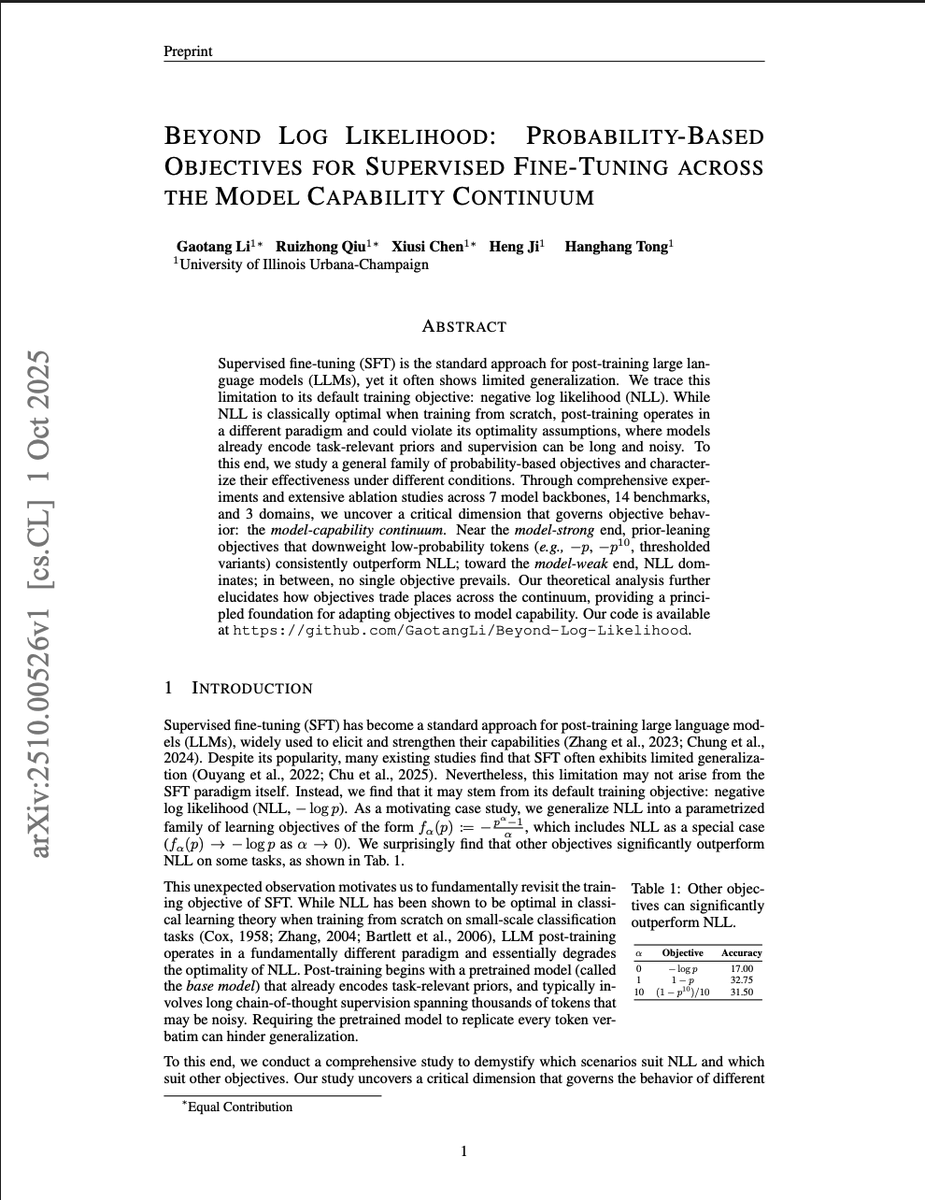
Machine Learning Beginner’s Guide: The Reddit community shared a brief guide on how to learn machine learning, emphasizing gaining practical understanding through exploration and building small projects, rather than just staying at theoretical definitions. The guide also outlines the mathematical foundations of deep learning and encourages beginners to practice using existing libraries. (Source: Reddit r/deeplearning, Reddit r/deeplearning)
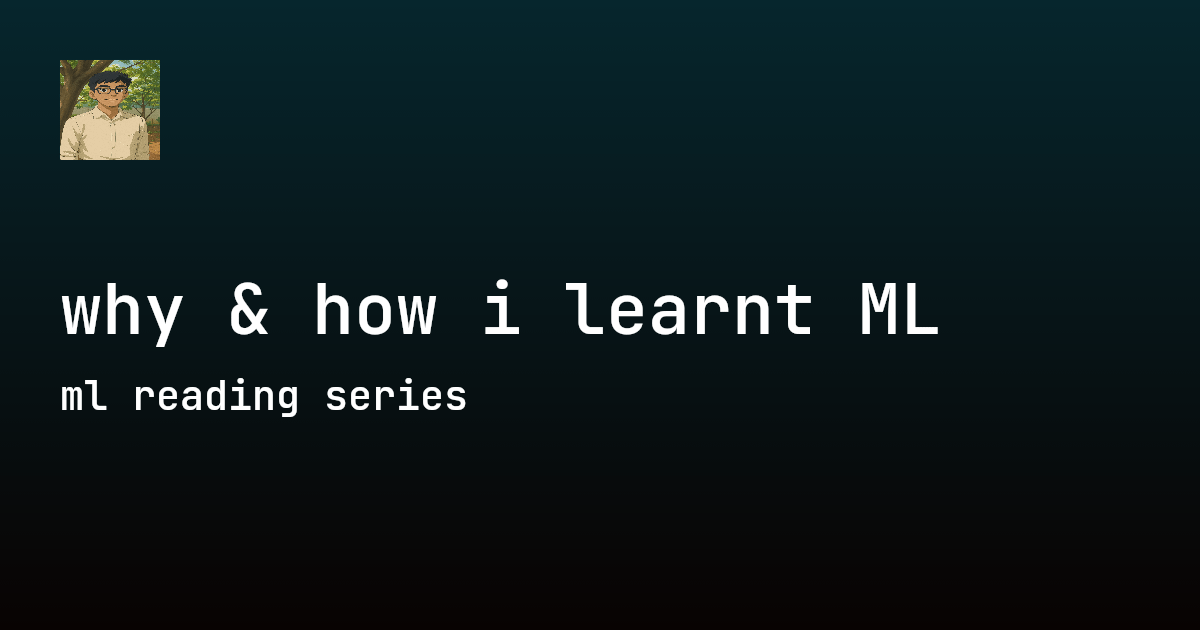
Training Vision Models on Pure Text Datasets: Challenges: A user encountered an error when fine-tuning a LLaMA 3.2 11B Vision Instruct model on a pure text dataset using the Axolotl framework, aiming to improve its instruction-following capabilities while retaining multimodal input processing. The issue involved processor_type and is_causal attribute errors, indicating that configuration and model architecture compatibility are challenges when adapting vision models for pure text training. (Source: Reddit r/MachineLearning)
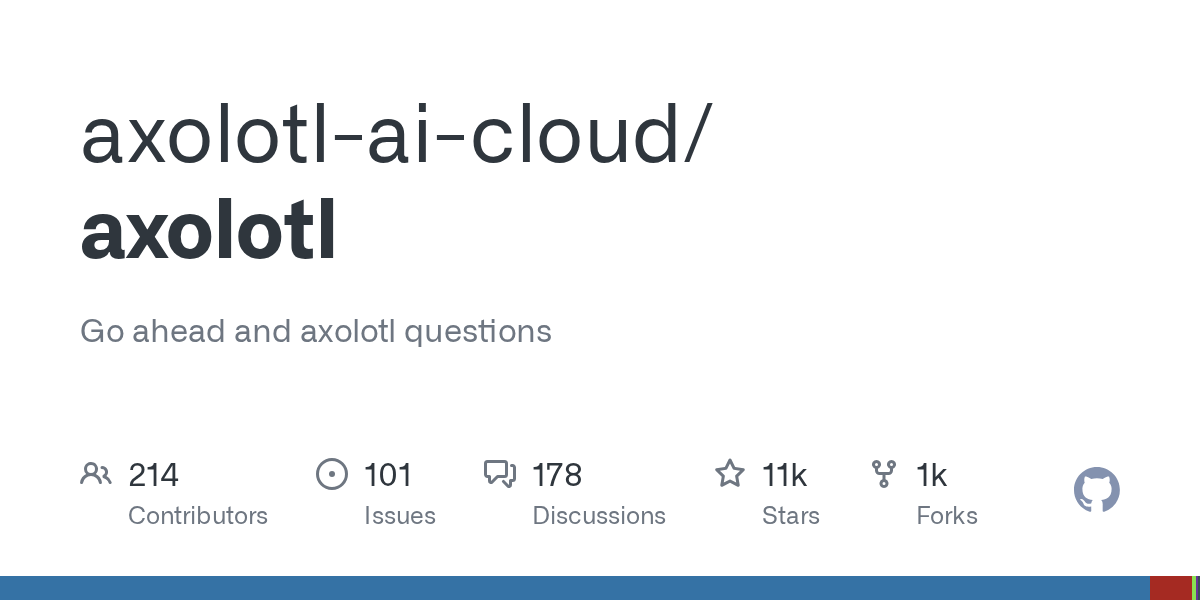
Distributed Training Course Shared: The community shared a course on distributed training, designed to help students master the tools and algorithms used daily by experts, extending training beyond a single H100, and delving into the world of distributed training. (Source: TheZachMueller)
Roadmap for Mastering Agentic AI Stages: A roadmap exists for mastering different stages of Agentic AI, providing developers and researchers with a clear path to progressively understand and apply AI agent technology, thereby building smarter, more autonomous systems. (Source: Ronald_vanLoon)

💼 Business
NVIDIA Becomes First Public Company to Reach $4 Trillion Market Cap: NVIDIA’s market capitalization has reached $4 trillion, making it the first public company to achieve this milestone. This accomplishment reflects its leadership in AI chips and related technologies, as well as its continuous investment in and funding of neural network research. (Source: SchmidhuberAI, SchmidhuberAI, SchmidhuberAI)
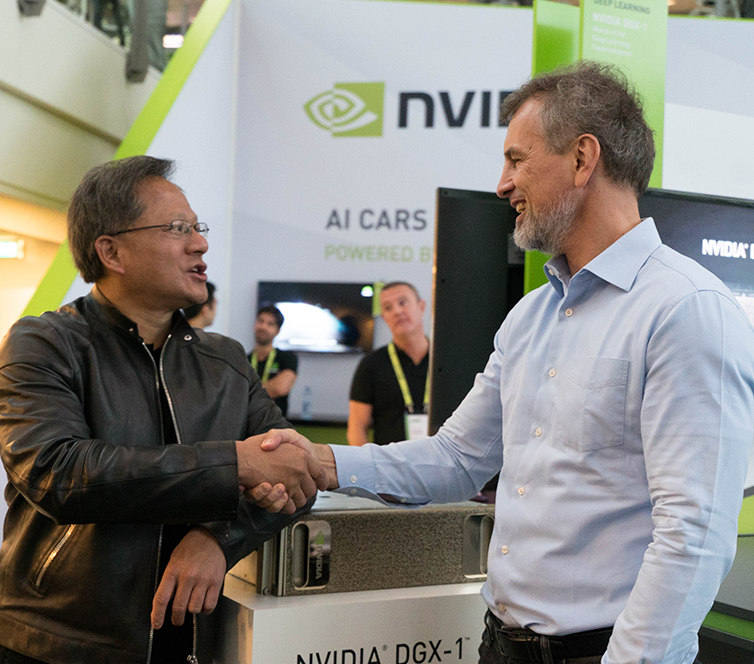
Replit Ranks Top Three in AI-Native Application Layer Companies: According to Mercury’s transaction data analysis, Replit ranks third among AI-native application layer companies, surpassing all other development tools, demonstrating its strong growth and market recognition in the AI development sector. This achievement has also been affirmed by investors. (Source: amasad)
CoreWeave Offers AI Storage Cost Optimization Solutions: CoreWeave is hosting a webinar to discuss how to reduce AI storage costs by up to 65% without compromising innovation speed. The webinar will reveal why 80% of AI data is inactive and how CoreWeave’s next-generation object storage ensures full GPU utilization and predictable budgets, looking ahead to the future development of AI storage. (Source: TheTuringPost)

🌟 Community
LLM Capability Limits, Understanding Standards, and Continuous Learning Challenges: The community discusses the shortcomings of LLMs in performing agent tasks, believing their capabilities are still lacking. Disagreements exist regarding the standards for “understanding” LLMs and the human brain, with some arguing that current understanding of LLMs remains at a low level. Richard Sutton, the father of reinforcement learning, believes LLMs have not yet achieved continuous learning, emphasizing that online learning and adaptability are key to future AI development. (Source: teortaxesTex, teortaxesTex, aiamblichus, dwarkesh_sp)
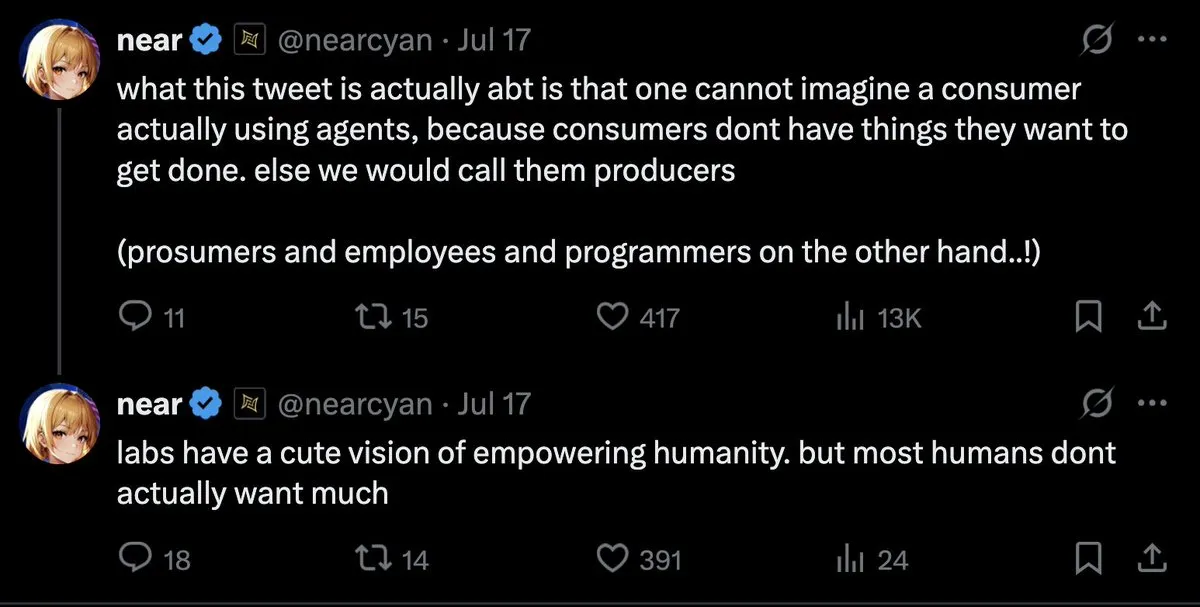
Mainstream LLM Product Strategies, User Experience, and Model Behavior Controversies: Anthropic’s brand image and user experience have sparked heated discussion. Its “thinking space” initiative is well-received, but controversies exist regarding GPU resource allocation, Sonnet 4.5 (accused of being less effective at bug finding than Opus 4.1 and having a “nanny-like” style), and declining user experience under high valuation (e.g., Claude usage limits). ChatGPT, meanwhile, has tightened NSFW content generation across the board, causing user dissatisfaction. The community calls for AI features to be opt-in rather than default, to respect user autonomy. (Source: swyx, vikhyatk, shlomifruchter, Dorialexander, scaling01, sammcallister, kylebrussell, raizamrtn, Reddit r/ClaudeAI, Reddit r/ClaudeAI, Reddit r/ClaudeAI, Reddit r/LocalLLaMA, Reddit r/ChatGPT, qtnx_)

AI Ecosystem Challenges, Open-Source Model Controversies, and Public Perception: NIST’s evaluation of DeepSeek models’ safety has raised concerns about the credibility of open-source models and potential bans on Chinese models, though the open-source community largely supports DeepSeek, arguing that its “unsafe” designation actually means it’s more compliant with user instructions. Google’s search API changes impact the AI ecosystem’s reliance on third-party data. Setting up local LLM development environments faces high hardware costs and maintenance challenges. AI model evaluation exhibits a “moving target” phenomenon, and public perception of AI-generated content (e.g., Taylor Swift using AI videos) raises quality and ethical debates. (Source: QuixiAI, Reddit r/LocalLLaMA, Reddit r/LocalLLaMA, dotey, Reddit r/LocalLLaMA, Reddit r/LocalLLaMA, Reddit r/artificial, Reddit r/artificial)
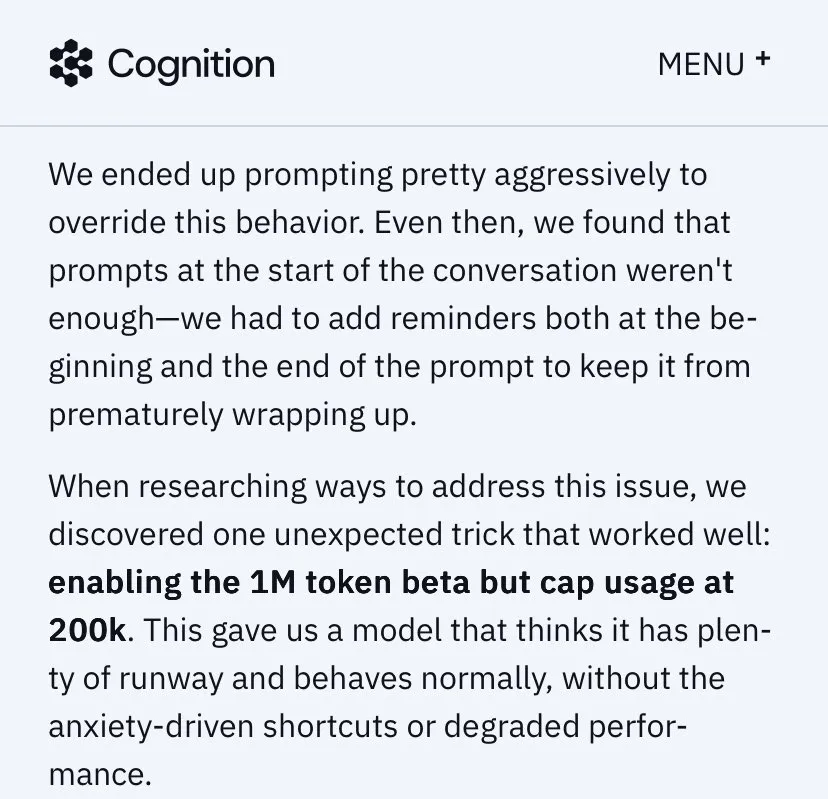
Impact of AI on Employment and Professional Services: Economists may be severely underestimating AI’s impact on the job market; AI will not fully replace professional services but will “fragment” them. The advent of AI may lead to the disappearance of some jobs, but simultaneously create new opportunities, requiring people to continuously learn and adapt. The community generally believes that jobs requiring empathy, judgment, or trust (such as healthcare, psychological counseling, education, law) and individuals capable of leveraging AI to solve problems will be more competitive. (Source: Ronald_vanLoon, Ronald_vanLoon, Reddit r/ArtificialInteligence)

AI Programming Analogous to Technical Management: The community discusses likening AI programming to technical management, emphasizing that developers need to act like Engineering Managers (EMs): clearly understanding requirements, participating in design, breaking down tasks, controlling quality (reviewing and testing AI code), and promptly updating models. While AI lacks initiative, it eliminates the complexities of handling interpersonal relationships. (Source: dotey)
AI Hallucinations and Real-World Risks: The phenomenon of AI hallucinations raises concerns, with reports of AI guiding tourists to non-existent dangerous landmarks, creating safety hazards. This highlights the importance of AI information accuracy, especially in applications involving real-world safety, necessitating more stringent verification mechanisms. (Source: Reddit r/artificial)

AI Ethics and Human Reflection: The community discusses whether AI can make humanity more humane. The view is that technological progress does not necessarily lead to moral improvement; human moral progress often comes with great costs. AI itself will not magically awaken human conscience; true change stems from self-reflection and the awakening of humanity in the face of terror. Critics point out that companies, when promoting AI tools, often overlook the risk that these tools might be abused for inhumane purposes. (Source: Reddit r/artificial)
Issues with AI Application in Education: A middle school teacher used AI to generate exam questions, resulting in AI fabricating an ancient poem and including it in the test. This exposes the “hallucination” problem that AI may have when generating content, especially in educational fields requiring factual accuracy, making robust review and verification mechanisms for AI-generated content crucial. (Source: dotey)
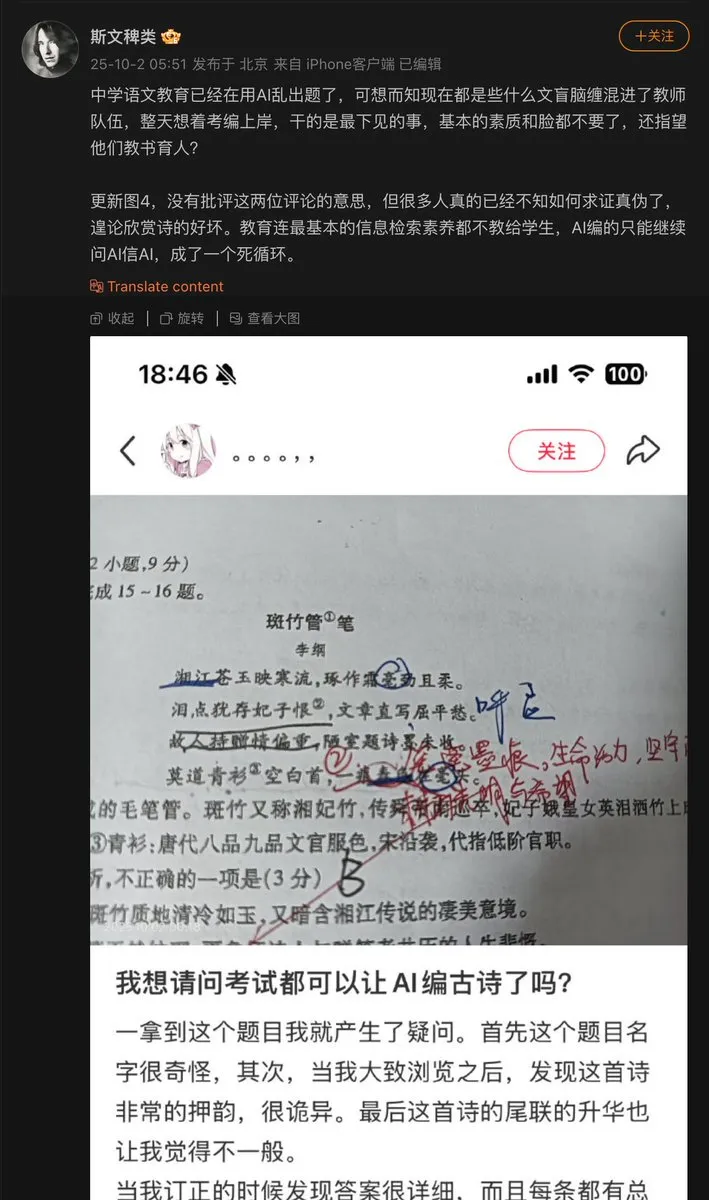
AI Model Progress and Data Bottlenecks: The community discussion points out that the main bottleneck in current AI model progress is data, with the most difficult parts being data orchestration, context enrichment, and extracting correct decisions from it. This emphasizes the importance of high-quality, structured data for AI development and the challenges of data management in model training. (Source: TheTuringPost)
LLM Computational Energy Consumption and Value Trade-offs: The community discusses the enormous energy consumption of AI (especially LLMs). Some consider this “evil,” but others argue that AI’s contributions to problem-solving and exploring the universe far outweigh its energy consumption, deeming it shortsighted to hinder AI development. This reflects the ongoing debate about the trade-off between AI development and environmental impact. (Source: timsoret)
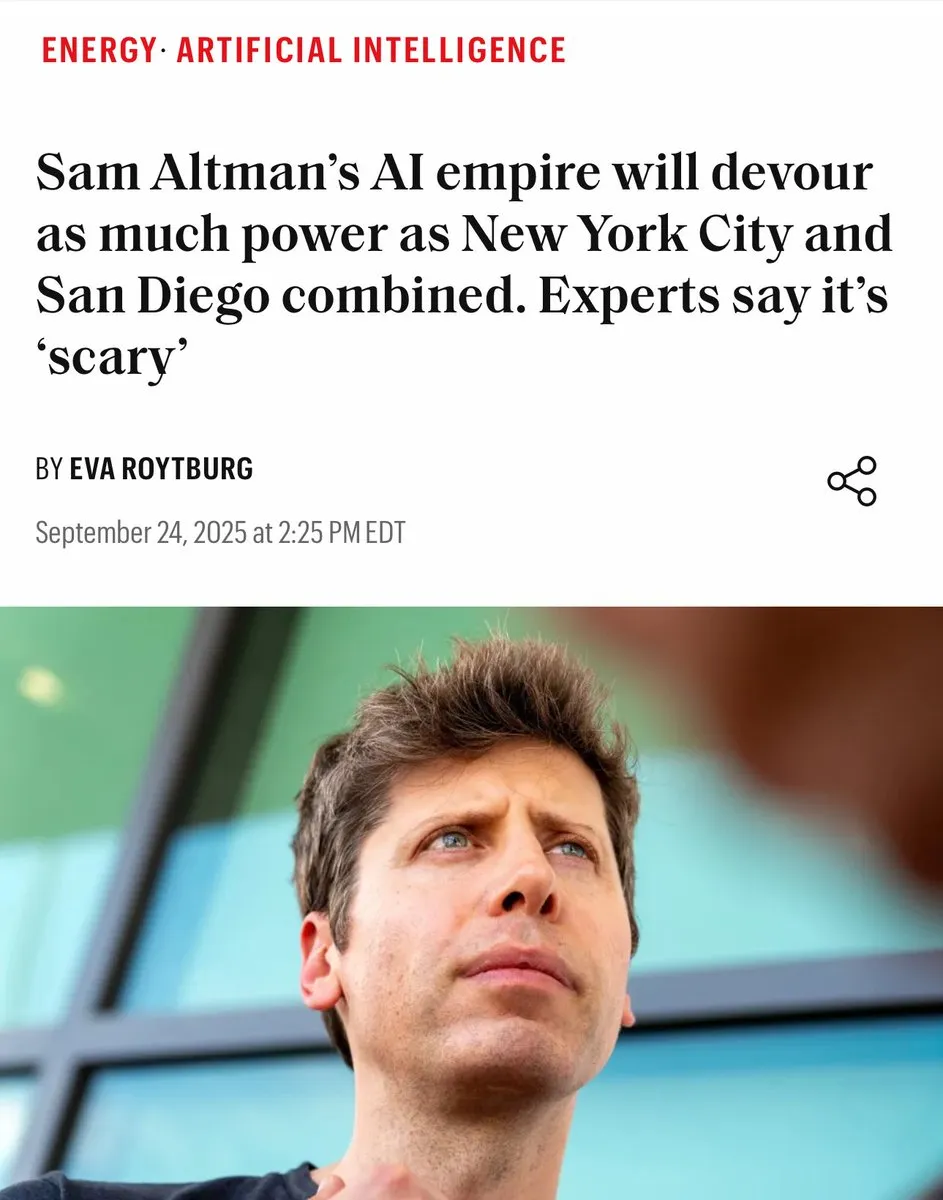
💡 Other
AI+IoT Gold ATM: An ATM machine combining AI and IoT technology can accept gold as a medium of exchange. This is an innovative application of AI in the intersection of finance and the Internet of Things, demonstrating AI’s potential in specific scenarios, albeit a niche one. (Source: Ronald_vanLoon)
Z.ai Chat CPU Server Attacked, Causing Outage: Z.ai Chat service experienced a temporary outage due to a CPU server attack, and the team is working on a fix. This highlights the challenges AI services face in infrastructure security and stability, as well as the potential impact of DDoS or other cyberattacks on AI platform operations. (Source: Zai_org)
Apache Gravitino: Open Data Catalog and AI Asset Management: Apache Gravitino is a high-performance, geographically distributed, and federated metadata lake designed to unify the management of metadata from diverse sources, types, and regions. It provides unified metadata access, supports data and AI asset governance, and is developing AI model and feature tracking capabilities, poised to become a critical infrastructure for AI asset management. (Source: GitHub Trending)
